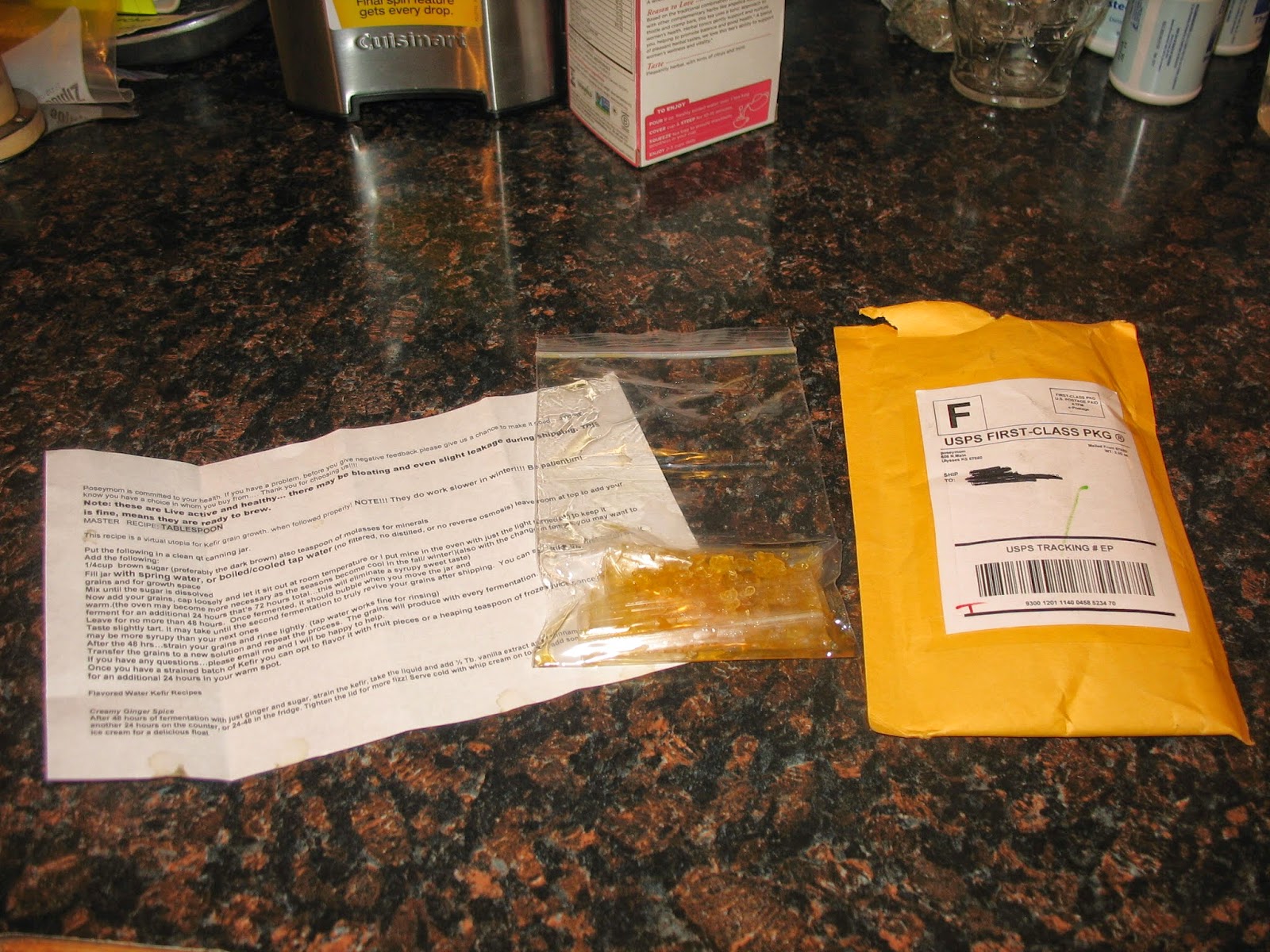I have my dear friend, Hannah, to thank for sharing the idea and recipe of Roasted Lentils. I did add soaking and sprouting as an extra step to the process with the intention of making them more digestible. You see, beans have "natural agents that protect them from early germination that can wreak havoc in our digestive system. Soaking and sprouting replicated germination, which activated and multiplies nutrients (particularly Vitamins A, B, and C), neutralizes enzyme inhibitors, and promotes the growth of vital digestive enzymes." This is just one of many links where you can go to get more information on soaking and sprouting legumes and where I got my quick info from. http://www.vegetariantimes.com/blog/how-to-soak-and-sprout-nuts-seeds-grains-and-beans/
I will give you the recipe first so you can see how easy it is to make Roasted Lentils. It truly is simple and very flexible as you can fine tune it to your taste buds and to whatever seasonings you have on hand.
Let's start with one cup of dry lentils for now just in case you don't like it or the recipe fails for some reason. I use a one pound bag (2 cups) because I liked them so well and wanted to keep extra on hand for a quick snack :)
One cup of dry lentils cooked (boiled) until soft. Drain. Pour into a mixing bowl and add a little olive oil and seasoned with whatever seasonings sound good to you. I use salt, pepper, garlic powder, and onion powder. Give them a stir and spread in a thin layer on a cookie sheet and season again if you'd like (I do). Bake at 400* for about 30-40 minutes stirring every 10 minutes. Set your timer for the 10 minute stir because they do easily burn! Feel them to check for dryness. When they are getting close, I will turn off the oven leaving lentils in the oven, and let them cool down as the oven cools down. Tada! that's it! I store my lentils in a glass jar IF there's any left (especially if you're only doing a one cup batch).
Now, to soak and sprout. You must do this BEFORE cooking the lentils. Here's what it will look like.
Rinse one cup of dry lentils:
Place rinsed, dry lentils in a glass jar or bowl and cover with lots of water. Let sit on your counter over-night or for at least 7 hours:
After a good soak, you will need to drain them in a colander and then give them a rinse and let drain. Cover with a dry towel and place a plate under the colander to catch any left-over drips. Let sit on your counter. You should rinse, drain, and cover twice a day until you see tiny little nubs or sprouts coming out from the lentils. This usually takes a day or two depending on the warmth of the kitchen. Hmm...it is hard to see the little sprouts in this photo but they are there! Click on the photo to enlarge.
After they have sprouted is when you would give them a quick boil just until they turn soft. Drain, mix lentils, oil, and seasonings in a bowl, then spread on cookie sheet, season again for good measure, and proceed to bake/roast:
Don't forget to check and stir every 10 minutes! Set your timer! The finished product should look like this:
Enjoy! ~ Lisa





















